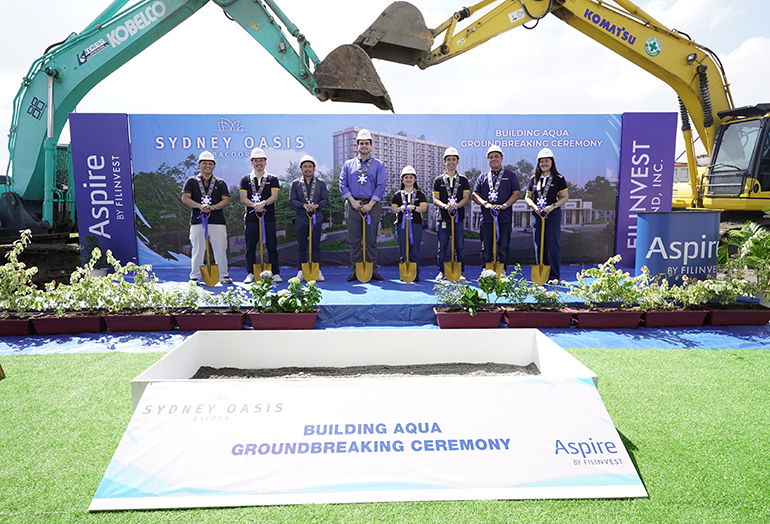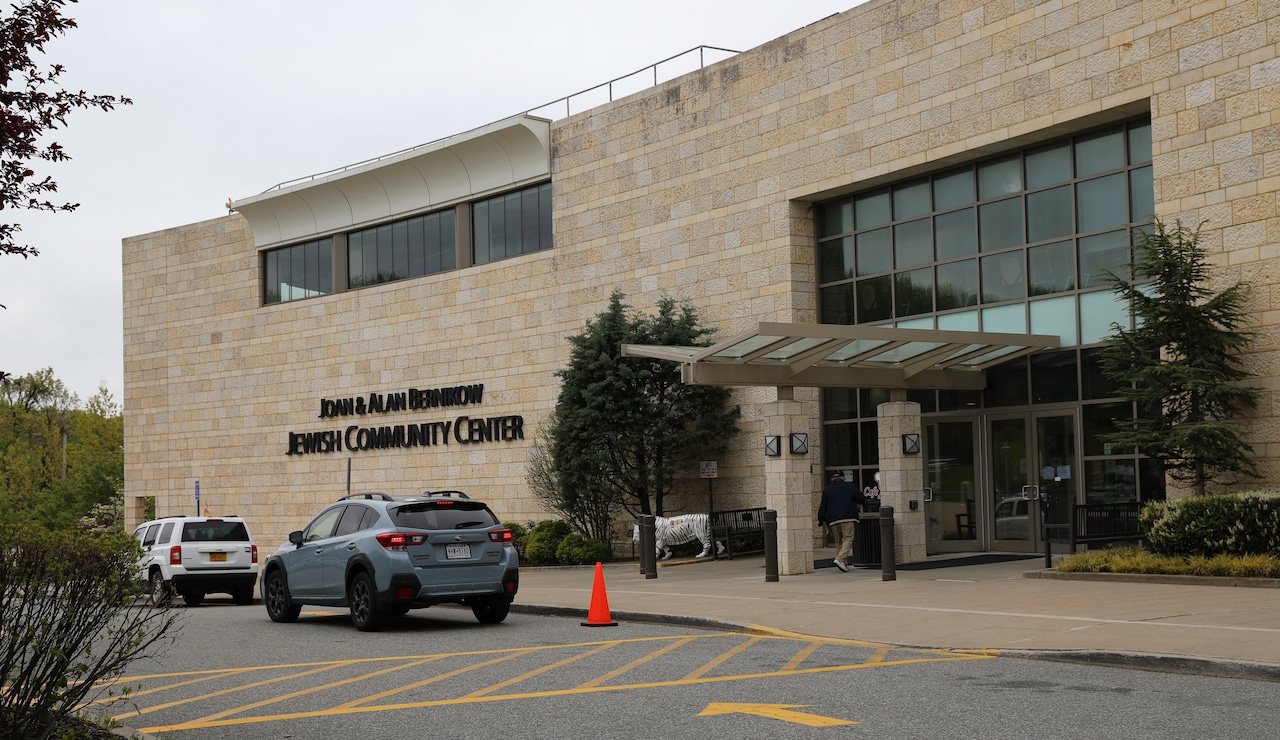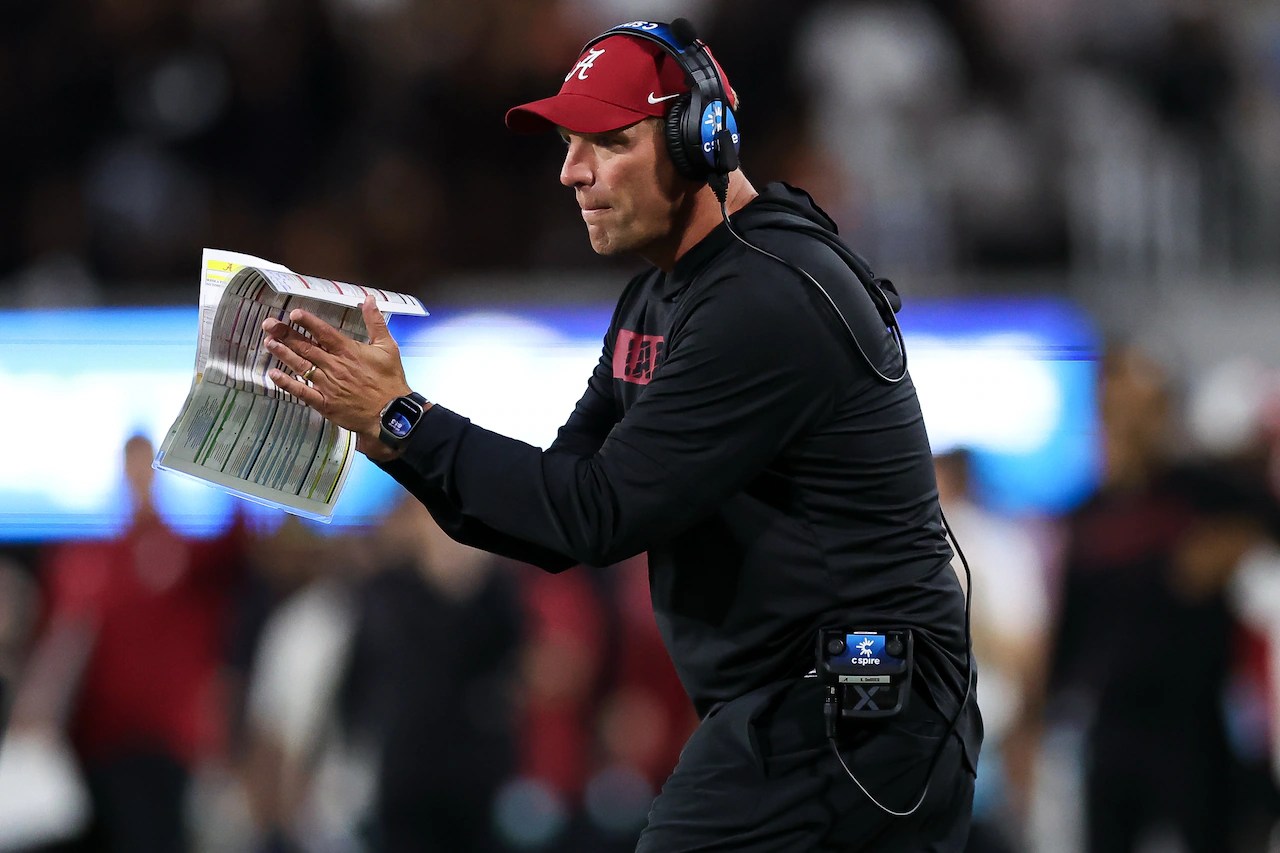Copyright The Associated Press

A new horseshoe-shaped road around Lahainaluna High School is intended to slow the spread of wildfires and give firefighters better access to the area so they can more easily battle the flames. The firebreak, which involved dozens of volunteers working with government agencies to clear nine acres of dry brush above campus last month, is among the latest fire protections for the West Maui community in its ongoing recovery from the deadly August 2023 fires. While firebreaks — roads or wide belts of soil where there is no vegetation to feed a fire — and fuel breaks — areas where vegetation is reduced or replaced with less flammable species to slow the spread of a fire — have been an important part of mitigation efforts on Maui and across Hawaii for decades, government officials and fire experts have for years said the state needs hundreds more miles of breaks. That need became more evident following the 2023 fires, which killed 102 people, and was identified as a priorityin Lahaina’s long-term recovery plan. In January, the Hawaii Attorney General’s Office also recommended more firebreaks in its final report on the fires, produced by the Fire Safety Research Institute. Building firebreaks and fuel breaks can be complicated, costly and time-consuming, often crossing federal, state and private property lines to be effective, officials say, making collaboration the name of the game. “It’s not the silver bullet,” said Nani Barretto, co-executive director of the Hawaii Wildfire Management Organization. “It has to really be done in conjunction with other risk reduction actions. But I think we have a heck of a lot more awareness of our fire risks, and we’re starting to realize that we need to put things in place that are in tune and aligned with that risk.” A Collaborative Effort In Lahaina Hawaiian Electric Co. had begun efforts to build the Lahainaluna firebreak nearly a year ago, but opportunities for federal funding evaporated earlier this year following budget cuts by President Donald Trump’s administration, Maui United Way interim CEO Jeeyun Lee said. The organization was able to assume control of the project, finally completing it in September with support from other nonprofits, government agencies, private companies and community members. “It was a need for our community after the fires,” she said, “and it was really one of those things where it was like, ‘Well, let’s work on this together and make it happen.’” The new road is designed to protect Lahainaluna High School, as well as Princess Nāhiʻenaʻena Elementary School, Lahaina Intermediate School and nearby residential areas that are surrounded by fuel for fires in the form of invasive grasses, Lee said. “That area had previously been identified as a spot that was vulnerable because fires have come down from that area in years past,” Lee said. Completing the Lahainaluna firebreak, like many others, required a public-private partnership. In addition to volunteers from the local community and nonprofits such as Maui United Way, workers from Hawaiian Electric Co., Maui Land & Pineapple Co., Lahaina Excavation and the Maui Emergency Management Agency also helped build the road and clear the brush, she said. “Collaboration is critical,” Lee said. “The ability to bring everybody together in a meaningful way — and have everybody contribute because that’s what’s best for the community — that was a really amazing reminder that we have so much in common.” Lee estimated that the volunteer hours and donations that were provided by all of the groups involved in completing the firebreak were worth roughly $50,000. Grazing In Kahikinui Like in Lahaina, Native Hawaiian residents in the homestead community of Kahikinui, on the other side of the island, have been focused on wildfire mitigation efforts for years, said Desiree Graham, the local Firewise resident leader. Since 2016, Kahikinui has been an accredited Firewise USA community — a designation awarded as part of a national initiative focused on educating residents on how to safeguard their neighborhoods against wildfires. “What it means to me is keeping our community safe,” said Graham. “We want to protect our homes too, but the people are the most important.” In the past, the rural community of just a few dozen people has done that by removing abandoned vehicles, ensuring vegetation is kept under control near homes and caring for goats, cows and other grazing animals intended to help prevent overgrowth near residential areas, she said. Graham was thankful for those efforts in June when a fast-moving wildfire prompted evacuations of more than 100 homes and burned 330 acres in the region, she said. “That probably made a really big difference as to whether the fire was going to totally engulf their homes or not,” Graham said. As part of firefighting efforts, the Maui Department of Fire and Public Safety worked with a local construction company to build new firebreak roads, which Graham said have given some peace of mind to the community. “I think everybody’s feeling safer,” she said. Still, Graham said there were additional ways that the community hoped to mitigate wildfire risks. In particular, she hoped to establish a new grazing fuel break along Piilani Highway adjacent to the Department of Hawaiian Home Lands where fencing could be installed around new animals that would help keep down vegetation. “That’s where the fires seem to start,” she said. “All it takes is a flick of a cigarette.” Mike Walker, the statewide fire protection forester for the Department of Land and Natural Resources, said the state was eager to work with Kahikinui residents. There was about $1 million left over from last year’s budget, and the department intended to commit most, if not all, of that money to building the fuel break. “We’re in talks with them now to work out the logistics for establishing the project over there, which would basically be a roadside grazing fuel break that would protect the community from ignitions off the highway,” he said. In the last two years, residents have led a number of other efforts to build new firebreaks and fuel breaks across Maui, working independently or partnering with local government or private companies. Residents in Kahului have organized efforts to reduce and manage the vegetation around their neighborhood, and the Kula Community Watershed Alliance has worked to replace invasive plants with native species and restore the local watershed. Jumping Through Hoops Prior to 2023, DLNR was responsible for roughly 22 miles of firebreaks on Maui, in addition to dozens of acres of fuel breaks, said Lance DeSilva, the department’s forest management supervisor on Maui. The agency has begun efforts to build new breaks on the island, and workers have already completed one masticated fuel break near mile marker 14 on the Honoapiilani Highway in Olowalu, he said. “That’s when you go in with a machine and you literally chip up the trees, you mulch the trees right in place,” DeSilva said. Plans to establish additional breaks are also underway in West Maui, Upcountry and above Maalaea. “There’s a bunch of hoops that you have to jump through, and they can be quite expensive,” Walker said about the process of building firebreaks and fuel breaks. “Prior to 2023, we really didn’t have a whole lot of funding available for that work, and a lot of your budget can get eaten up in that compliance section.” In addition to ramping up efforts to reduce wildfire risks on state land, state officials have made an effort to work with the growing number of communities on Maui and across the state that have sought advice on how to follow through with and secure funding for wildfire mitigation plans like building new breaks, Walker said. “If it’s not on our land, it really has to come from the community,” he said. “Our main purpose is the protection of the forested watersheds that are under our statutory mandate to work on and preserve.” The department has worked with the Hawaii Wildfire Management Organization to identify and map a number of high-risk areas across the state, Walker said. And last year, he helped launch the Hawaii Wildfire Risk Reduction Grant Program, which gives nonprofits and local governments the opportunity to apply for up to $300,000 for shovel-ready projects. Two grazing fuel break projects in West Maui were the first to receive funding through the program earlier this year. At the county level, the Maui Emergency Management Agency has spearheaded various risk reduction projects, including an ongoing effort to decrease the fuel load and hazardous debris in Ukumehame in the area near mile marker 13.5 on Honoapiilani Highway, said county spokeswoman Laksmi Abraham. Chris Stankis, a spokesperson for the Maui Fire Department, said there are “hundreds if not thousands” of different types of firebreaks across the county, including paved roads, old cane haul and pineapple field roads and firebreaks intentionally cut by landowners. While county officials have primarily focused funding on wildfire mitigation efforts on county property, they have also been looking for ways to assist private landowners in cutting fuel breaks, Stankis said. Since November 2022, when county lawmakers passed an ordinance that gave the fire department the authority to require property owners to mitigate certain vegetation or maintain fuel breaks on their land, the department has identified 46 high-risk properties in Wailea, Kihei, Kahului, Wailuku, Olowalu, Lahaina and Kaanapali and 49 high-risk properties on Molokai, according to Abraham. Of the Maui properties, 41 are compliant, and the other five are working toward compliance, she said. “We have continued to work with partner organizations to educate the public and promote fire-safe communities throughout Maui County and empower property owners to take steps to reduce their vulnerability to wildfires,” Stankis said in a statement. In addition to recommending more firebreaks and improved vegetation management, the Hawaii Attorney General’s Office found in its final report on the 2023 fires that existing fuel breaks affected the fires’ progression. It suggested that the county investigate zoning changes to incorporate more fuel breaks that could slow future fires’ spread and act as areas of refuge for evacuating residents. The county’s Fire, Public Works and Planning departments plan to do a deep review of local zoning, building and fire codes, as well as any other regulations governing the built environment, according to Maui’s planning director, Kate Blystone. “The departments are hopeful to come up with solutions to create thriving, fire-safe new communities and retrofit existing communities to make them more resilient,” Blystone said in a statement Friday. Abraham emphasized that the county has been engaged in several other wildfire mitigation efforts, including community preparedness, improved access roads, defensible space around homes and long-term land stewardship. “While fuel breaks can help slow the spread of a fire and create safer conditions for firefighting, they are only effective when combined with other strategies,” she said. —-



